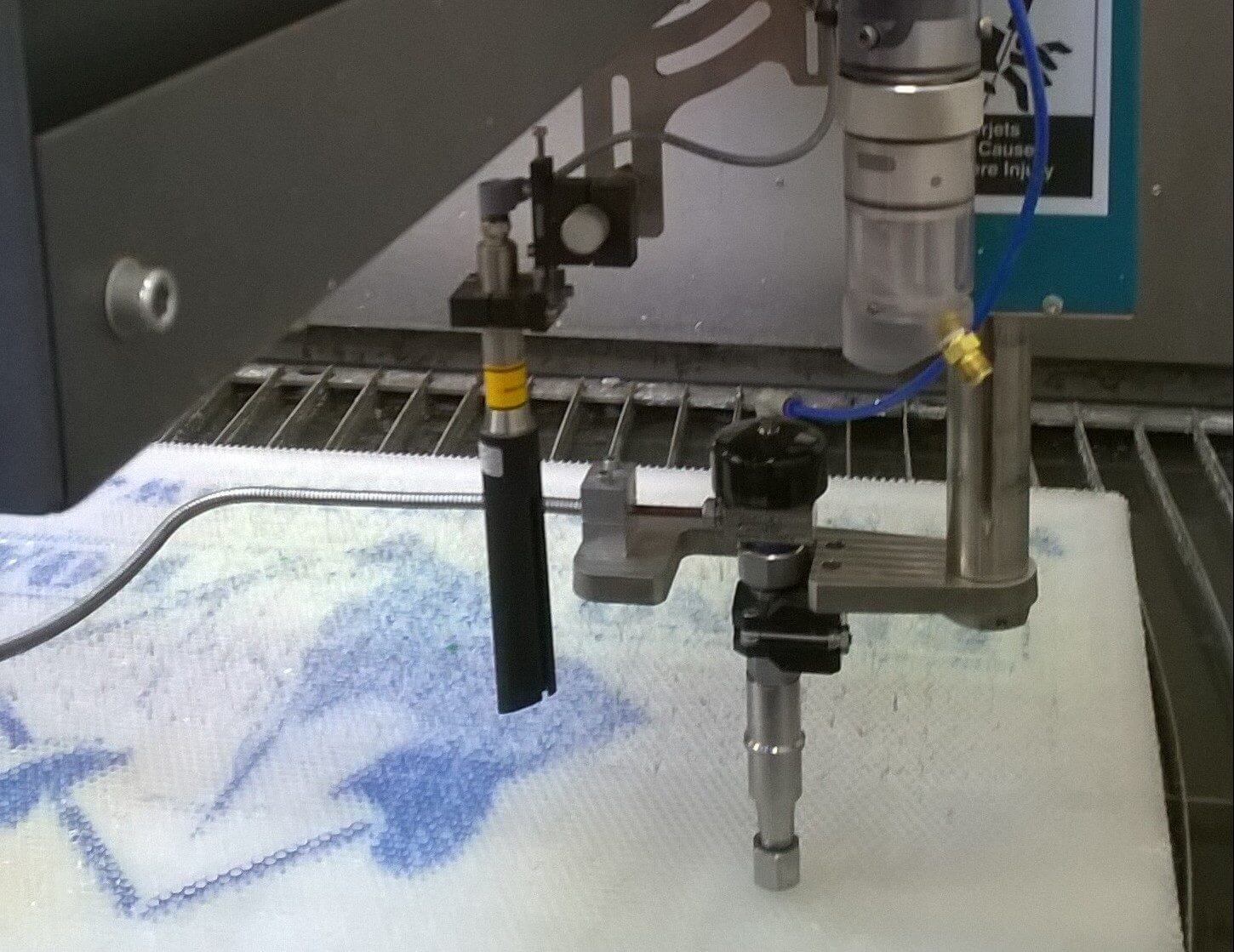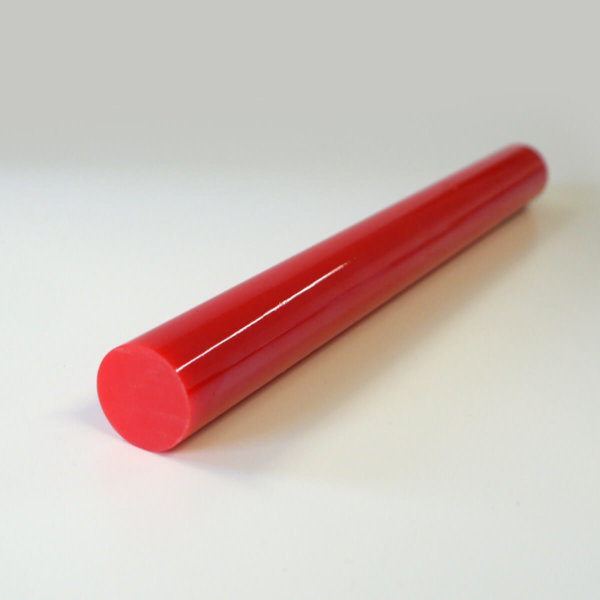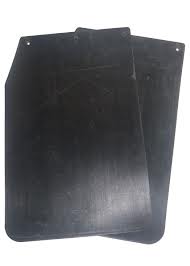Polyurethane now shapes our world. From small wheels that turn industrial machinery to large-scale construction materials. It’s in every UK home too. So, how does polyurethane manufacturing create such diversity?
Its versatility can result in such a diverse range of finishes, all suitable for an increasingly wide range of purposes. From soft, comfortable foam to a component as hard and resilient as metal.
This incredible versatility comes from the skills used in its unique manufacturing process, which we explain in more detail in this article.
The secret is in the mix
Let’s first outline some of the science behind Polyurethane manufacturing.
PU is part of a group of materials known as linear polymers. These have carbamate groups (-NHCO2 or urethane) in their structure.
The way urethane is produced is via a chemical reaction. A diisocyanate (a highly reactive chemical building block also known as polymeric isocyanate) and a polyol (an organic compound containing multiple reactive hydroxyl groups in its molecules) are mixed together.
The reaction this creates, links these two ingredients together, creating longer, larger molecules.
The basic principle is that you can change the form, density and functionality of the outcome, especially by including further additives, stabilisers and colourants.
Experimenting with this chemical reaction has been underway since 1937 when German chemist Friedrich Bayer created the first version of polyurethane. Its immense value took a big step forward during World War II when it was realised that polyurethane elastomers were a brilliant alternative to rubber.
It was also discovered that Polyurethanes could be made into fine threads. When combined with nylon, could be used to make stretchable garments. Ways to use polyurethane are still being uncovered to this day.
The forms PU can take
The three stages used to create polyurethane items are the manufacture of the bulk polymer; processing to formulate the ideal version; then skilled product moulding and finishing to match the spec.
Stage two would primarily create four different forms of polyurethane: coatings, elastomers, flexible foams, and cross-linked foams.
Flexible foams made from polyurethane are the main ways it is used. Foaming technologies create a porous, cellular structure, by using both a solid and gas phase.
Sometimes referred to as ‘foam rubber’ the resulting material can be varied in texture to be rigid or soft.
Expert moulders of polyurethane can produce flexible polyurethane foams in any shape. Making this version of PU an ideal component for anywhere that insulation is a priority, including thermal, sound or electrical applications.
Moulding thermoplastic polyurethane elastomers
Another important outcome of polyurethane manufacturing is the creation of thermoplastic elastomers.
In this form, polyurethane becomes structurally resilient enough to be moulded, tooled and finished to an infinite number of shapes and sizes. Making it the substance of choice to create parts for manufacturing machinery, automobiles and other mechanical processes.
However, there is one common thread in all PU forms. This is an incredibly lightweight material, with incredible tensile reliability due to its structural composition.
In other words, products and parts made from polyurethane can withstand a lot!
Including considerable pressure, abrasion and friction. They are also water and oil resistant and incredibly impervious to extremes of temperature.
UK moulded polyurethane specialists
This quick overview of polyurethane manufacturing doesn’t do full justice to its ability to take on any form, and the many advantages of using polyurethane compared to alternative materials.
Though it is a versatile and resilient material, finding the right supplier of moulding services for polyurethane still matters!
The quality test comes in the way the team at Custom Moulded Polyurethane uses modern technology and timeless engineering skills, to produce prototypes and parts that are flawless in size and detail.
However, we also work with clients to ensure that every item that leaves our site is 100% reliable in function and the best possible outcome of polyurethane manufacturing and processing.
That comes from a level of understanding of how polyurethane is manufactured, shaped and used, that our team has developed over many years!
Want to find out how much it will cost to make your products?




